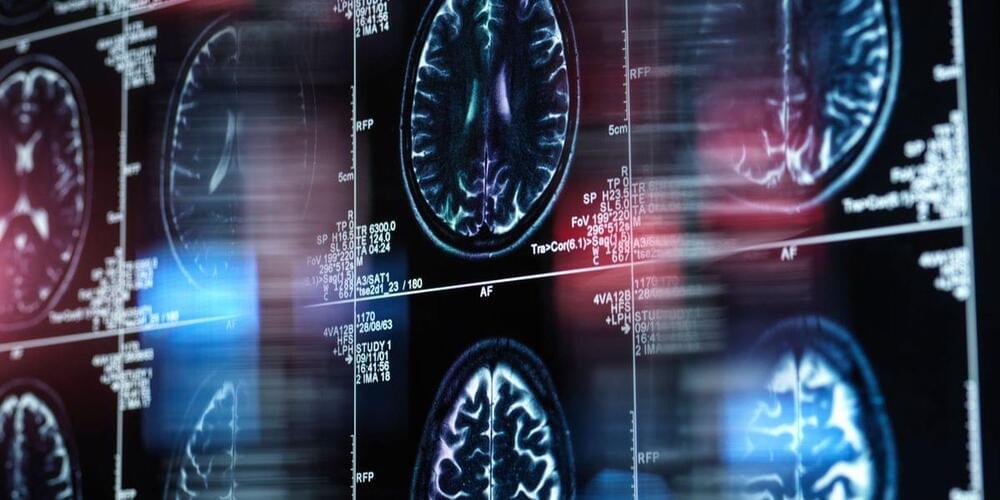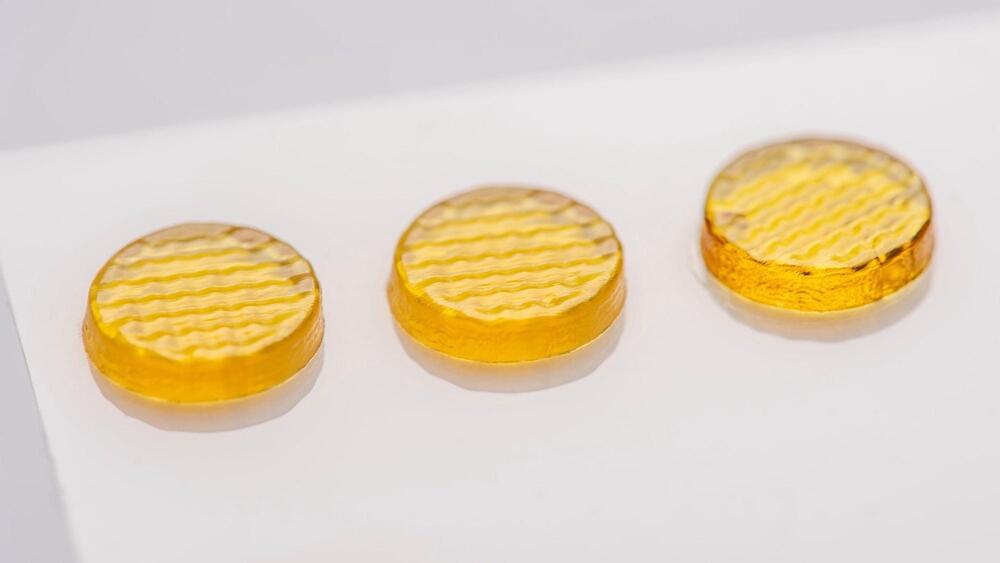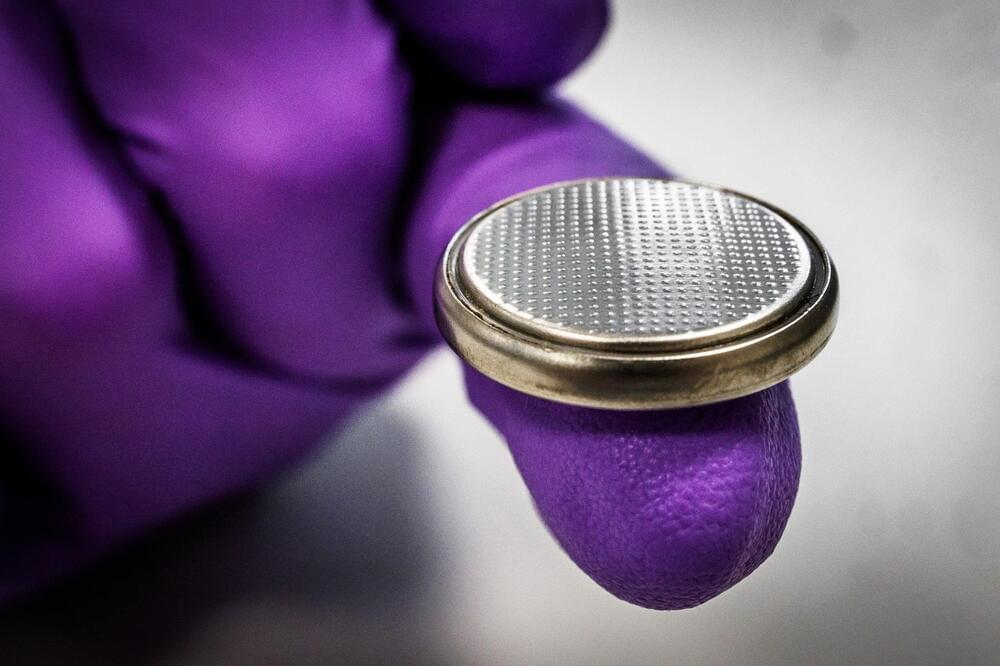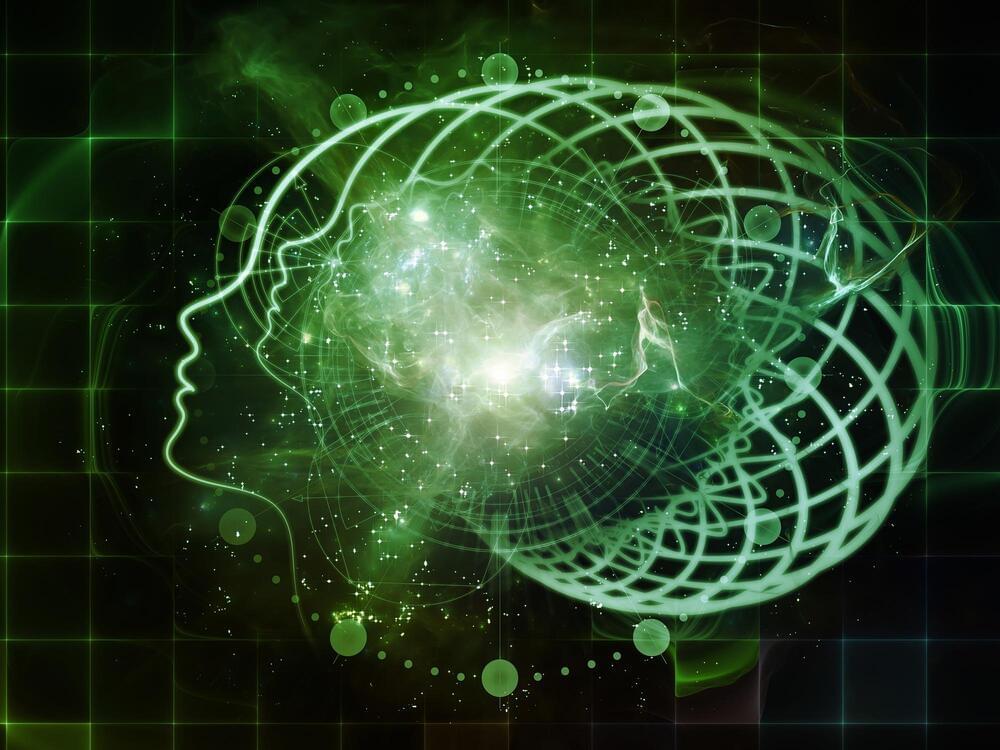Latest posts
May 16, 2024
The New ‘Dream Chaser’ Spacecraft Prepares to Visit the International Space Station
Posted by Genevieve Klien in categories: food, space
Sierra Space’s Dream Chaser is set to make its inaugural trip to orbit to deliver supplies to the International Space Station.
By Sarah Scoles
With its perpetually upturned pectoral fins, and blunt nose, the Dream Chaser looks more like a killer whale than a spacecraft. But unlike an orca, the Dream Chaser will soon be going to orbit: it’s set to take food and supplies to the International Space Station (ISS) later this year when it travels to space for the first time.
May 16, 2024
One 3D-printed ‘polypill’ could fit an entire day’s medications
Posted by Dan Breeden in category: futurism
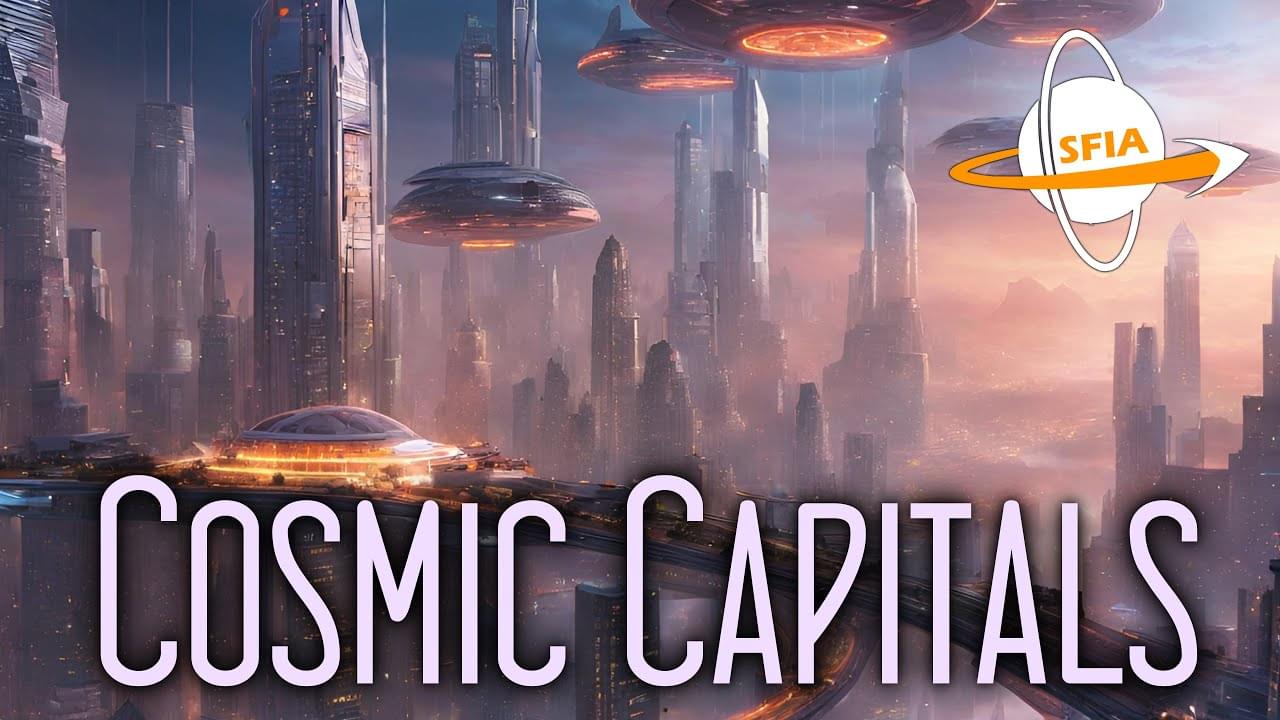
Go to https://brilliant.org/IsaacArthur/ to get a 30-day free trial and 20% off their annual subscription.
One day our civilization may settle our whole galaxy, with mighty star empires consisting of millions if not billions of worlds, but what would the centers of such empires be like?
Join this channel to get access to perks:
/ @isaacarthursfia.
Visit our Website: http://www.isaacarthur.net.
Join Nebula: https://go.nebula.tv/isaacarthur.
Support us on Patreon: / isaacarthur.
Support us on Subscribestar: https://www.subscribestar.com/isaac-a…
Facebook Group: / 1583992725237264
Reddit: / isaacarthur.
Twitter: / isaac_a_arthur on Twitter and RT our future content.
SFIA Discord Server: / discord.
May 16, 2024
Frozen brain tissue brought back to life in major breakthrough
Posted by Dan Breeden in categories: innovation, neuroscience
*BREAKTHROUGH!!*
Scientists may one day be able to freeze brains and bring them back to life following a major breakthrough in cryogenics.
Researchers in China have successfully frozen and thawed human brain tissue, after which it regained normal function.
Continue reading “Frozen brain tissue brought back to life in major breakthrough” »
May 16, 2024
Quantum spherical codes
Posted by Cecile G. Tamura in categories: computing, quantum physics
A new concept called quantum spherical codes could make the notoriously fragile information in a photon-based quantum computer less susceptible to errors.
Many recent experiments have stored quantum information in bosonic modes, such as photons in resonators or optical fibres. Now an adaptation of the classical spherical codes provides a framework for designing quantum error correcting codes for these platforms.
May 16, 2024
Revolutionizing Renewable Energy: Scientists Develop New Low-Cost Battery With Over 8000 Uses
Posted by Saúl Morales Rodriguéz in categories: business, solar power, sustainability
Researchers at Linköping University in Sweden have developed a battery constructed from zinc and lignin that can be recharged over 8,000 times. This innovation aims to offer an affordable and eco-friendly battery alternative, especially for regions with limited electricity access. The findings are detailed in the journal Energy & Environmental Materials.
“Solar panels have become relatively inexpensive, and many people in low-income countries have adopted them. However, near the equator, the sun sets at around 6 PM, leaving households and businesses without electricity. The hope is that this battery technology, even with lower performance than the expensive Li-ion batteries, will eventually offer a solution for these situations,” says Reverant Crispin, professor of organic electronics at Linköping University.
May 16, 2024
From Light to Insight: Columbia Researchers Illuminate the Mysteries of Visual Perception
Posted by Saúl Morales Rodriguéz in category: neuroscience
Fruit fly study reveals brain-cell circuitry that could underlie how creatures large and small see wavelengths of light as information-rich hues.
Perceiving something – anything – in your environment means becoming aware of what your senses are detecting. Today, for the first time, Columbia University neuroscientists identify brain-cell circuitry in fruit flies that converts raw sensory signals into color perceptions that can guide behavior.
Their findings are published today (May 16) in the journal Nature Neuroscience.
May 16, 2024
Spontaneous Persistent Inactivity — Scientists Discover New Type of Memory State
Posted by Saúl Morales Rodriguéz in categories: biotech/medical, health, neuroscience
UCLA Health researchers have identified a process that memories while reducing metabolic costs, even during sleep. This efficient memory is found in a brain region essential for learning and memory, which is also where Alzheimer’s disease originates.
The discovery is published in the journal Nature Communications.
Does this sound familiar: You go to the kitchen to fetch something, but when you get there, you forget what you wanted. This is your working memory failing. Working memory is defined as remembering some information for a short period while you go about doing other things. We use working memory virtually all the time. Alzheimer’s and dementia patients have working memory deficits and it also shows up in mild cognitive impairment (MCI). Hence, considerable effort has been devoted to understanding the mechanisms by which the vast networks of neurons in the brain create working memory.
May 16, 2024
Atomic Ballet: Scientists Make Surprising Discovery in Battery Technology
Posted by Saúl Morales Rodriguéz in category: sustainability
Solid-state batteries store and release electric charge by moving ions back and forth between two electrodes. From our typical perspective, the ions flow through the battery’s solid electrolyte like a gentle stream.
But when seen on an atomic scale, that smooth flow is an illusion: Individual ions hop erratically from one open space to another within the electrolyte’s roomy atomic lattice, nudged in the direction of an electrode by a steady voltage. Those hops are hard to predict and a challenge to trigger and detect.
Now, in the first study of its kind, researchers gave the hopping ions a jolt of voltage by hitting them with a pulse of laser light. To their surprise, most of the ions briefly reversed direction and returned to their previous positions before resuming their usual, more random travels. It was the first indication that the ions remembered, in a sense, where they had just been.
